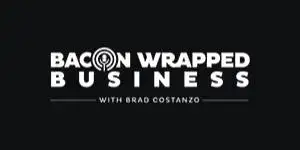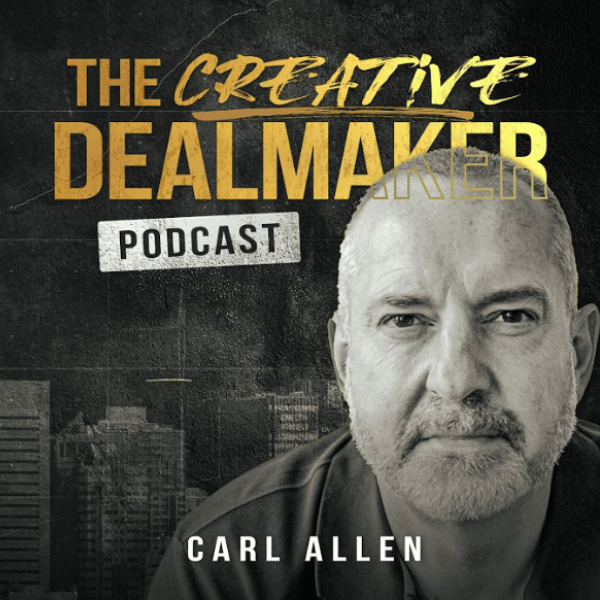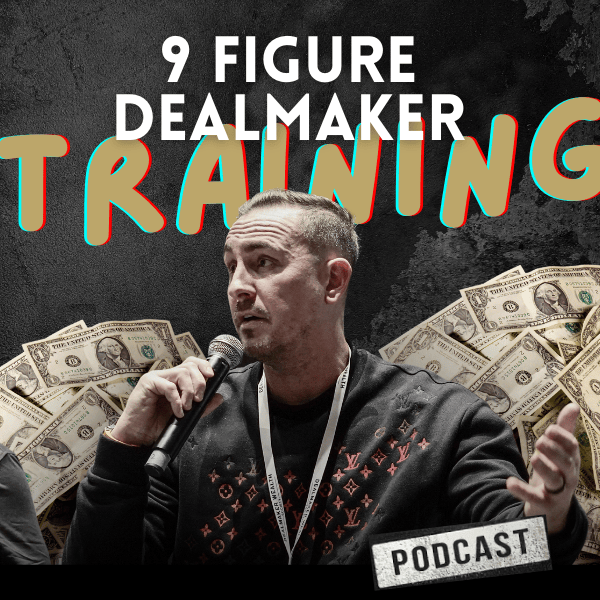
You have probably heard of alphabet soup…
Yes, it’s actually soup with pasta shaped like letters of the alphabet.
But it’s also a metaphor for a jumble of letters serving as abbreviations or acronyms.
Well, I got some good soup for you today.
LOI, MOU, HOTS… any idea what they each mean?
Well, joke’s on you — they all mean the same thing.
An LOI is a “letter of intent,” most commonly used in the U.S. and Canada.
HOTS stands for “heads of terms,” used most in the U.K. and Europe.
And MOU means “memorandum of understanding,” used primarily in Australia.
You may have also come across the terms “deal points” or “term sheet.” Again, they are the same as a LOI, MOU or HOTS…
And all mean the executive summary of a deal.
For the purposes of this explanation (and to save your brain from aborting entirely), I’m going to stick with the term LOI for letter of intent.
The LOI sets out the primary points of the negotiated deal and serves as the basis for the final purchase agreement.
The document is signed by both buyer and seller and serves as a foundation for lawyers to construct and negotiate the legal closing documents, namely the sale and purchase agreement (SPA), warranties, disclosures, etc.
Though the LOI can be as small as a single page or run to multiple pages, it’s essential that it covers:
- Price and structure
- Share sale or asset sale
- Continuing seller involvement
- Timeframe, exclusivity and abort fees.
Let’s go through each in detail…
Price and Structure
In this section you’ll lay out what you agreed to pay for the business and how the payments will be structured between the closing payment, seller financing and any proposed earn-outs.
You will also list any liabilities you as the buyer will inherit. These could be bank loans, tax payments due, notes payable, hire purchase (lease) payments, etc.
Same goes for the purchase of real estate. If you’re buying a plant or facility, include it. If the seller is keeping the real estate and you will be renting it from them, make sure the agreed rental amount is included in the LOI as well.
Share Sale or Asset Sale
Make sure you specify whether you are buying the shares in the business (the equity) or just the assets.
If you are a trade buyer (meaning you have an existing business), you will likely be looking to just buy the assets.
However, as an individual — especially in the UK — you are much better off buying the equity shares. It gives you a big leg-up in terms of financing because you can leverage the business’s credit history to raise capital for the closing payment.
Buying the shares in the U.K. also makes a massive difference to the seller’s tax liability — it’s 10% for shares up to £1 million pounds versus 38% for assets.
This means, if you’re buying the shares you can offer LESS for the business because the seller will pay LESS in taxes and have more cash available to them.
Continuing Seller Involvement
If the seller is staying around — which is usually a good thing — you should spell this out in the LOI.
Is it a handover? If so, for how long? 30 days? 60? Longer? Maybe the seller is staying on as an employee (though note, if you’re securing an SBA 7(a) loan, this won’t be allowed.)
Or, the seller may agree to do some consulting. If so, you’ll want to formalize the agreed upon compensation for those services in the LOI.
If the seller is retaining any equity, this too must be listed. Perhaps you’ve agreed to buy 90% of the business and leave the seller with 10%. Terms for the sale of that 10% is typically covered in the full deal documents.
But if you have an option to buy the seller’s 10% in the future at an agreed amount, get it in the LOI.
Timeframe, Exclusivity & Abort Fees
Finally, the LOI maps out two important timeframes:
- Time to closing
- Exclusivity period.
If you are raising financing for a closing payment, allow a minimum of eight weeks to closing. For SBA 7(a) loans, extend this to 12.
Exclusivity is the ONLY legally binding item in a LOI. It stops the seller soliciting offers from anyone else and allows you a clear run at closing the deal free from distractions.
The exclusivity period should extend a few weeks beyond your expected closing date to give you some wiggle room. (That said, it’s normally easy to extend exclusivity further once you are in the final stages of the deal.)
This is really important, is usually linked to an abort fee and should thus go into every LOI.
An abort fee is a payment from seller to buyer if exclusivity is breached OR if the seller decides not to consummate the transaction. There are several reasons for this…
For instance, the business could rapidly increase and you may not want to pay a higher multiple. Or, the seller could simply get cold feet. They have that right.
So look for a minimum $25K abort fee. This is important for hiring contingent-fee advisers since their fees are still owed even if a deal aborts. An abort fee protects you in covered this circumstance.
So, that’s the definition of an LOI and its commonly used substitutions — HOTS, MOU, deal points, term sheet. They all mean the same thing. It’s a summary of the agreed upon deal prior to engaging the professional advisers (lawyers, CPAs, financiers, etc.) that will help you get the deal closed.
Make sure your LOI includes the key items above. If you are a member of our Dealmaker CEO training system, there’s a template within you can download and tweak to fit your specific deal.
I will see you soon for another WTF explanation.
Until then, bye for now.
















